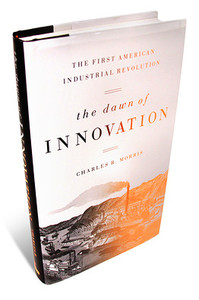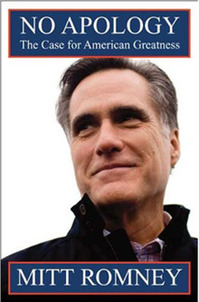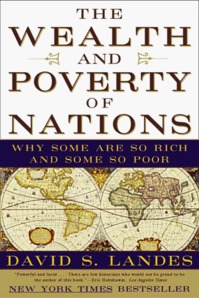 “Raghuram G. Rajan criticized Indian policy makers during a speech in April at the Indian School of Business. In August, the Indian government offered him a job.” Source of caption and photo: online version of the NYT article quoted and cited below.
“Raghuram G. Rajan criticized Indian policy makers during a speech in April at the Indian School of Business. In August, the Indian government offered him a job.” Source of caption and photo: online version of the NYT article quoted and cited below.
(p. B3) NEW DELHI — In April, the economist Raghuram G. Rajan gave a speech to a group of graduating Indian students in which he criticized the country’s policy makers for “repeating failed experiment after failed experiment,” rather than learning from the experiences of other countries. A week later, he assailed the government again, this time in a speech attended by Prime Minister Manmohan Singh.
But instead of drawing a rebuke from India’s often thin-skinned leaders, he got a job offer. In August, Mr. Singh, who has frequently sought Mr. Rajan’s advice, called and asked him to take a leave from his job as a professor at the University of Chicago to return to India, where he was born, to help revive the country’s flagging economy. Within weeks, he was at work as the chief economic adviser in the Finance Ministry.
Analysts say the appointment of an outspoken academic like Mr. Rajan, along with the recent push by New Delhi to reduce energy subsidies and open up retailing, insurance and aviation to foreign investment, signal that India’s policy makers appear to be serious about tackling the nation’s economic problems.
. . .
Mr. Rajan said he would like to focus his efforts on three big themes: liberalizing India’s financial system; making it easier to do business, particularly for entrepreneurs and manufacturers; and fixing India’s dysfunctional food distribution system, which wastes a lot of food even as many of the country’s poor are malnourished.
For the full story, see:
VIKAS BAJA. “As Its Economy Sags, India Asks a Critic to Come Home and Help Out.” The New York Times (Sat., October 6, 2012): B3.
(Note: ellipsis added.)
(Note: the online version of the article was dated October 5, 2012.)








